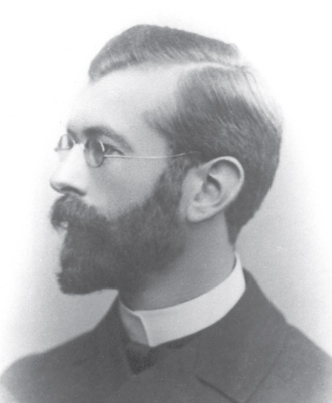On this day in history,...
...in 1874, Vagn Walfrid Ekman was born in Stockholm, Sweden. His father, Fredrik Laurentz Ekman, was an esteemed oceanographer. Immersed in an environment rich in scientific inquiry, Ekman developed a profound interest in oceanography during his physics studies at Uppsala University. A pivotal moment in his academic journey was attending lectures by Vilhelm Bjerknes on fluid dynamics, which steered him towards the complexities of ocean currents.

Ekman's academic pursuits led him to collaborate with prominent figures in the field. Notably, during Fridtjof Nansen's Arctic expedition aboard the Fram, Nansen observed that icebergs drifted at an angle of 20° to 40° to the right of the prevailing wind direction. Intrigued by this phenomenon, Bjerknes encouraged the young Ekman to investigate. This inquiry culminated in Ekman's seminal 1905 paper, "On the Influence of the Earth's Rotation on Ocean-Currents," where he introduced the concept now known as the Ekman Spiral. This theoretical model elucidates how the interplay between wind forces, the Coriolis effect, and frictional forces results in a spiraling pattern of ocean currents with increasing depth.
Ekman's contributions to oceanography are foundational and include:
- Ekman Layer: The thin layer in a fluid where there is a balance between pressure gradient forces, Coriolis forces, and turbulent drag forces.
- Ekman Number: A dimensionless parameter that quantifies the ratio of viscous forces to Coriolis forces in a fluid flow, essential in geophysical fluid dynamics.
- Ekman Spiral: A theoretical model describing the speed and direction of ocean currents at various depths, illustrating a spiral effect due to the Earth's rotation.
- Ekman Transport: The net movement of fluid, such as ocean water, at right angles to the wind direction, resulting from the balance of forces in the Ekman layer.
- Ekman Velocity: A formula determining the velocity of wind-induced water currents, factoring in the Earth's rotational effects.
Beyond theoretical advancements, Ekman was an innovator in experimental oceanography. He developed instruments like the Ekman current meter and the Ekman water bottle, tools that have become staples in oceanographic research for measuring current velocities and collecting water samples at specific depths.
Ekman's legacy is deeply intertwined with his collaborations with Nansen and Bjerknes, whose collective efforts significantly advanced the understanding of oceanic and atmospheric dynamics. His work continues to influence contemporary oceanographic studies, underscoring the enduring impact of his scientific contributions.
Sources
